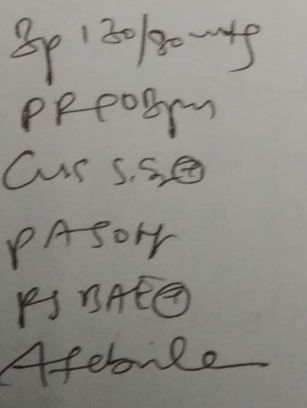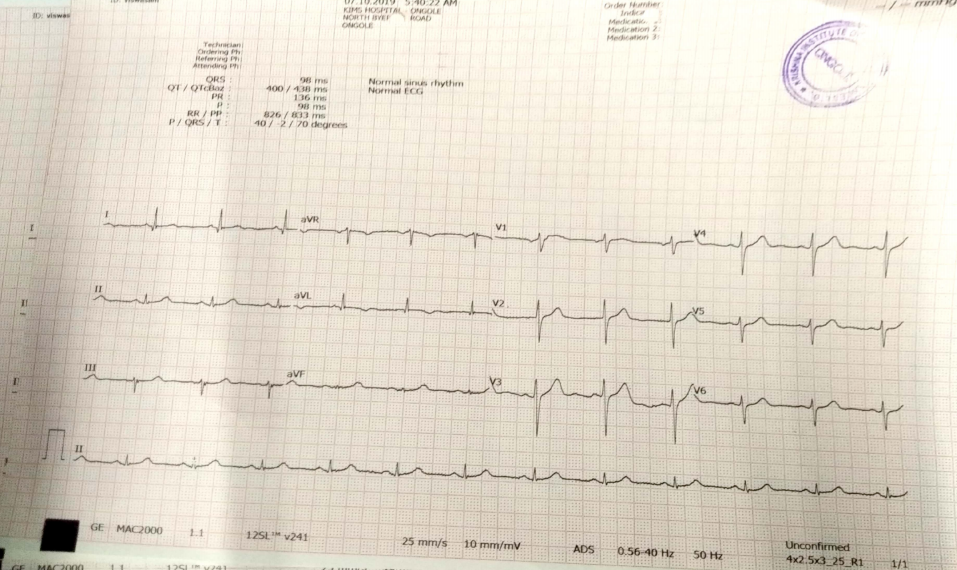Lots of interesting abstracts and cases were submitted for TCTAP & AP VALVES 2020 Virtual. Below are accepted ones after thoroughly reviewed by our official reviewers. Don¡¯t miss the opportunity to explore your knowledge and interact with authors as well as virtual participants by sharing your opinion!
* The E-Science Station is well-optimized for PC.
We highly recommend you use a desktop computer or laptop to browse E-posters.
CASE20191101_007
| CORONARY - Complications | |
| Retrieval of Broken Balloon Catheter by Buddy Balloon Technique: Simplicity Is the Ultimate Sophistication. | |
| Oruganti Harish1 | |
| Nizam's Institute of Medical Sciences, India1, | |
|
[Clinical Information]
- Patient initials or identifier number:
MSVY
-Relevant clinical history and physical exam:
73-year-old diabetic and hypertensive presented with 4 month duration of exertional angina and shortness of breath relieved with nitrates. He has recent progression of symptoms over last 2 months for which he came to our hospital. His blood pressure was 130/80 mm Hg and pulse rate of 84 per minute. 68-year-old diabetic and hypertensive presented to emergency room with rest anginal episodes with blood pressure 110/70 mm Hg and pulse rate of 79 per minute. Systemic examination in both was normal.
 -Relevant test results prior to catheterization:
ECG showed sinus rhythm with no significant ST changes. Echocardiographic examination was normal in both.
 - Relevant catheterization findings:
MS patient - angiogram done through right femoral artery and showed proximal RCA significant stenosis with normal left coronary systemVY patient - angiogram was done through right radial artery which showed 80 % stenosis in proximal LAD, moderate disease in distal LCX and mild disease in RCA.
|
|
|
[Interventional Management]
- Procedural step:
MS patient after deployment of 3.5x 28 mm stent postdilatation was done with 3.5 x 12mm non-compliant balloon up to 20 atm. After deflation withdrawal was attempted and balloon was found to be broken. Immediately the wire position was maintained and other buddy balloon 2.5X12 mm was passed alongside the broken balloon and inflated upto 2 atmospheres and gentle attempt was made to withdraw it and finally entire system was pulled out after securing the balloon in the guide catheter. Final angiogram was normalVY patient- LAD was stented with 3.5x33mm stent and after post dilation with NCB it was found to be broken. Retrieval was successfully done with another buddy balloon after assessment of broken shaft length.
- Case Summary:
Various methods have been proposed to retrieve broken balloon catheter from coronary artery. We describe two cases where we have successfully retrieved using buddy balloon technique. It is simpler than snaring technique though with few limitations and less damaging to the coronary.
|
|